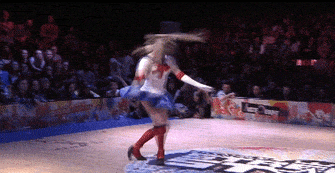Origin of vogue
There is a dangerous myth that queer life did not exist in a public way until the 1960’s – the assumption being that LGBTQ (Lesbian, Gay, Bisexual, Transgender, Queer) identified people were “closeted” in isolation and invisibility. This could not be further from the truth. Historical scholarship has unearthed a world of saloons, cabarets, speakeasies, rent parties, and drag balls that existed since the late 1800’s as spaces where LGBTQ identities were not only visible, but openly celebrated. Some of the most influential residential enclaves for these communities were in New York, one of the most notable being Harlem.
At the beginning of the twentieth century, a distinctly black LGBTQ culture took shape in Harlem. The Harlem Renaissance (1920-1935) was particularly influential to this process. The intellectual, cultural and artistic movement took the neighborhood by storm, bringing with it a flurry of literature, art, and music that centered black life. Many of the movement’s leaders were openly gay or identified as having nuanced sexualities including Angelina Weld Grimké, Claude McKay, Langston Hughes, Wallace Thurman, Alice Dunbar-Nelson, Alain Locke, and Richard Bruce Nugent among others. The movement offered a new language that challenged social structures and demonstrated the ways that race, gender, sex and sexuality distinctions were actually intersecting, fluid and constantly evolving.
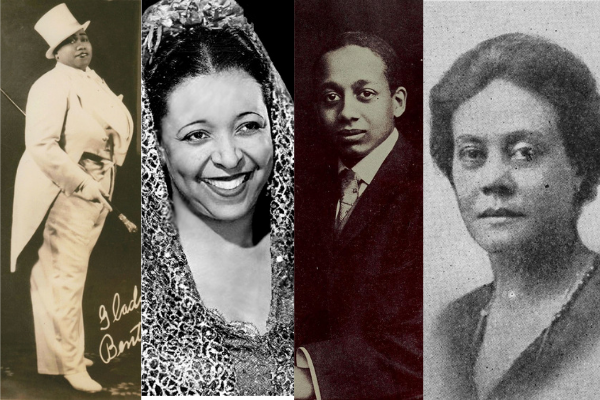
Over the years, Harlem continued to be a vibrant site of LGBTQ art, activism and culture. So it should come as no surprise that Harlem was the birthplace of “vogue”, a highly stylized form of dance created by black and Latino LGBTQ communities. Between the 1960’s and 80’s New York drag competitions known as “balls” transformed from elaborate pageantry to “vogue” battles. As part of this ballroom culture, black and Latino voguers would compete for trophies and the reputation of their “Houses” – groups that were part competitive affiliation, part surrogate family. Named after the famous fashion magazine, vogue took from the poses in high fashion and ancient Egyptian art, adding exaggerated hand gestures to tell a story and imitate various gender performances in categorized drag genres.
Through dance, drag queens showed how gender is a performance – they pretended to put on makeup or “beat face”, style their hair, and put on extravagant clothes. This creative performance through voguing was even used to peacefully settle disputes among rivals in an environment that assumed a degree of mutual respect and compassion. Using dance and pantomime, the voguers would “read” each other. Ultimately, the winner would be the person who “threw the best shade.”
Vogue offers a sense of identity, belonging and dignity in a world that does not fully value their lives.
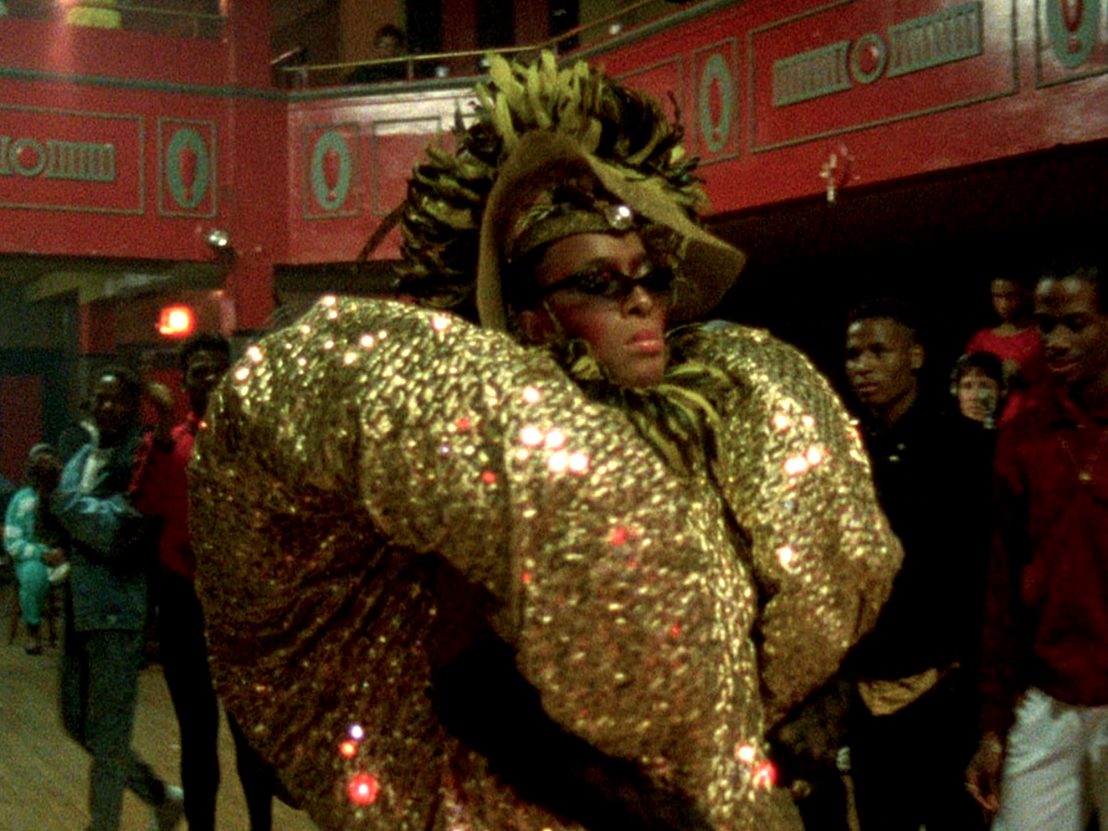
The house culture
Ball culture consists of unique values, and social structures. In the 1960s, with the revitalization of ball culture, many of the participants could not openly express their sexuality and gender identity within their biological families. To fill this void, groups called “houses” or “families” emerged. Houses serve as many ball participants only source of family . Many queer youth join balls at a young age, and sometimes live with their houses if they cannot safely live with their biological family. “These alternative families are led by “mothers,” who are mostly butch queens (gay men) or femme queens (transgender women) or “fathers,” who are mostly butch queens or butches (transgender men)”. Houseparents serve as the heads of the houses and are role models and mentors for their “children” . Children often take the surname of the house parent
The House of LaBeija may have been the very first house, founded in either 1970 or 1972, though accounts differ. As legend has it, a Harlem drag queen named Lottie asked Crystal LaBeija to co-promote a ball. Lottie convinced Crystal, always a stickler for self-promotion, to do the ball by suggesting she start her own group, the House of LaBeija, wherein Crystal would be the “Mother.” The house then became a surrogate family for young queer black and Latino kids, who were often estranged from their biological families, living on the street, turning tricks, or otherwise struggling to get by.
Soon, other houses followed: the House of Corey, the House of Dior, the House of Wong, the House of Dupree, the House of Xtravaganza, etc. The founding years of these houses vary by source, but the majority sprung up throughout the ’70s and ’80s. The houses, in an attempt to outdo one another, would throw their own balls. Paris Dupree, Mother of the House of Dupree, threw the first Paris Is Burning ball around 1981.This, according to Kevin Omni, Mother of the House of Omni, was the first time the categories took precedence at the balls.
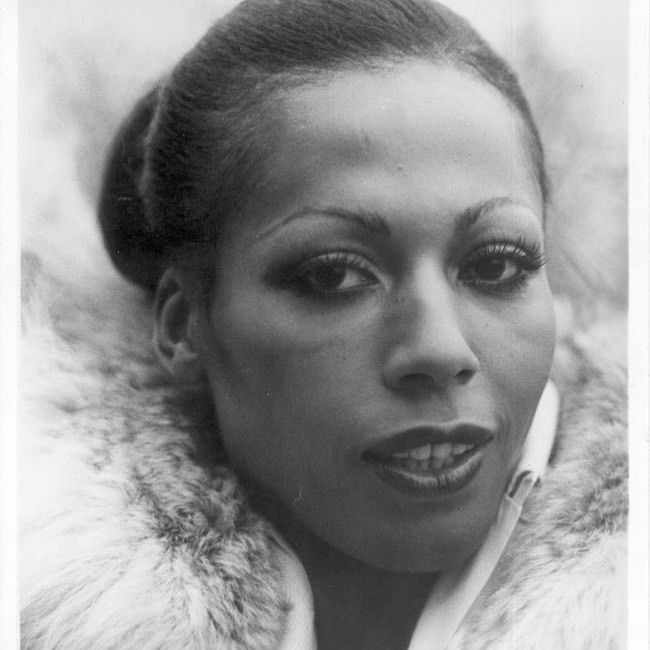
Evolution and Styles
Over the years, voguing has undergone various transformations, incorporating elements from different dance forms, including ballet, jazz, and modern dance. Three primary styles emerged within voguing: Old Way, New Way, and Vogue Femme.
Old way
Old Way voguing, also known as "Performance," is one of the foundational styles within the voguing dance form. Developed during the early years of voguing in the 1960s and 1970s, Old Way pays homage to the classic elements of ballroom culture, emphasizing precision, grace, and rigid poses.
Poses and Lines: Old Way voguing places great emphasis on creating striking poses and lines. Participants strive to embody statuesque beauty by meticulously positioning their bodies in angular and geometric forms. These poses often imitate the poses found in fashion magazines or runway modeling, showcasing elegance and strength. The focus is on clean lines and creating visually arresting shapes.
Hand Performance: Hand performance is a distinctive aspect of Old Way voguing. It involves intricate movements and gestures performed with the hands and fingers, expressing emotions and storytelling. Hand performance often draws inspiration from sign language and creates a visually captivating dialogue between the performer and the audience.
Catwalk: The catwalk is an essential component of Old Way voguing. Participants channel the energy of fashion runway models, strutting down an imaginary catwalk with poise, confidence, and exaggerated movements. The catwalk allows individuals to exude a sense of grandeur, embodying the idea of being a glamorous and fierce diva.
Duckwalking: Duckwalking is another signature move within Old Way voguing. It involves moving across the floor while crouched down on the balls of the feet, reminiscent of a duck's walk. This move showcases the dancer's control, balance, and agility, adding a dynamic element to the performance.
Floor performances: Old Way voguing often incorporates floor performance, where dancers gracefully move across the floor, executing spins, rolls, and poses. The floor becomes a canvas for artistic expression, allowing participants to showcase their flexibility and creativity. These movements seamlessly blend with the overall performance, adding depth and dimension to the routine.
Battle and Competitions: Old Way voguing is deeply rooted in the competitive nature of ballroom culture. Battles and competitions provide a platform for participants to showcase their skills and creativity, engaging in fierce dance-offs against other performers. Judges assess the precision, execution, and originality of the dancers, crowning winners based on their ability to captivate the audience and convey the essence of Old Way voguing.
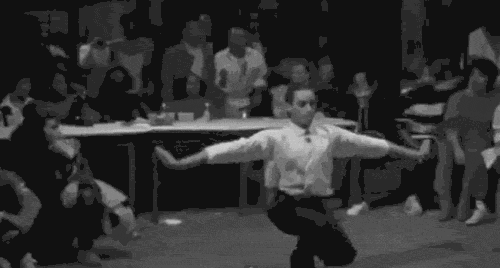
New way
New Way voguing, also known as "Vogue Acrobatics," is a dynamic and visually captivating style that emerged in the 1990s. It introduced a new level of athleticism, flexibility, and illusionary movements to the voguing dance form. New Way builds upon the foundations of Old Way voguing while incorporating acrobatic elements and complex contortions.
New Way voguing focuses on precise and isolated movements of different body parts. Dancers aim to create sharp angles and lines with their arms, legs, and torso. Each movement is executed with precision and control, allowing for the creation of striking shapes and illusions. Isolation techniques, such as moving one body part while keeping the others still, add a mesmerizing visual effect to the performance.
New Way voguing draws inspiration from the world of fashion and runway modeling. Dancers often incorporate runway walks, fashion poses, and exaggerated gestures into their performances, emulating the glamour and confidence associated with high-fashion runways. This fusion of voguing and fashion creates a unique and visually stunning aesthetic.
Dips, Drops, and Spins: New Way voguing is characterized by dramatic dips, drops, and spins. Dancers execute gravity-defying moves, gracefully falling to the ground or bending backward at extreme angles, often using their hands for support. These daring movements showcase the dancer's strength, flexibility, and fearlessness. Spins are executed with precision, creating a sense of fluidity and grace within the performance.
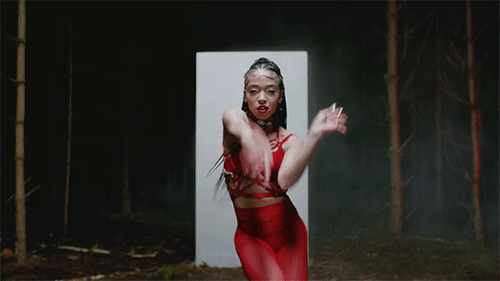
Vogue femme
Vogue Femme is a distinct style within the voguing dance form that celebrates and embraces femininity. Developed primarily by cisgender women within the ballroom community, Vogue Femme emphasizes grace, fluidity, and the embodiment of female empowerment. It is a powerful and inclusive expression of femininity, regardless of the performer's gender identity.
Vogue Femme is characterized by its fluid and graceful movements. Dancers strive to embody elegance, sensuality, and poise as they move across the floor. The style emphasizes the smooth transitions between poses, creating a seamless flow of motion that captures the essence of femininity.
Vogue Femme celebrates and welcomes performers of all gender identities. It provides a space for cisgender women to express their femininity authentically, while also allowing individuals of different gender identities to explore and embrace their own interpretations of femininity. Vogue Femme is a celebration of diversity, empowerment, and the breaking of traditional gender norms.
Vogue Femme is a vibrant and empowering style within the voguing dance form. Through its celebration of femininity, inclusivity, and artistic expression, it has become a platform for individuals to showcase their talent, challenge societal norms, and honor the multifaceted nature of gender identity.
